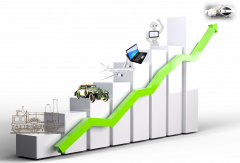Kari Lilja, TkT, Erikoistutkija; Sirpa Sandelin, TkT, Yliopettaja
English Version below (Click the link)
Vuosia sitten luin naureskellen uutisia siitä, miten britit tekivät mäyriä ja muita pieneläimiä varten tunneleita ja ylikulkuväyliä moottoriteiden ali ja yli. Sitten kotiseudullani alettiin suunnitella Helsinki-Turku moottoritietä, jonka linjauksista yksi kulki minullekin lapsuudessa tutuksi tulleen erämaa-alueen halki. Luonnonsuojelijat huomauttivat, että linjaus katkaisisi hirvien ja muiden vaeltavien eläinten ikiaikaiset reitit, ja vaativat riistasiltoja kohtiin, joissa hirvien polut ylittäisivät moottoritien. Asiasta kiisteltiin, mutta lopulta sillat rakennettiin. Riista-aidat ohjasivat eläimet silloille, ja näin vältettiin sekä vauhkoontuneiden eläinten poukkoilu liikenteen seassa että perimän kannalta liian pienet populaatiot.
Aamulla töihin tullessani orava ylitti tien juuri autoni edestä ja pääsi kuin pääsikin turvallisesti kadun toiselle puolelle. Moni muu ei pääse. Tien varsilla näkee yhä enemmän kuolleita oravia, ja aloin miettiä, miksi näin on. Ovatko ihmiset muuttuneet kaiken viherryksen keskellä välinpitämättömiksi luontoa kohtaan, vai mikä on syy. Muistikuva samalta kohtaa muutaman vuoden takaa, orava ylittämässä tietä sähköjohtoa pitkin poikanen suussaan, saattoi antaa yhden vastauksen: Kun johdot taajama-alueilla ja pitkälti maaseudullakin on kaivettu maahan, oravalla ei ole turvallista reittiä kadun ylitykseen.
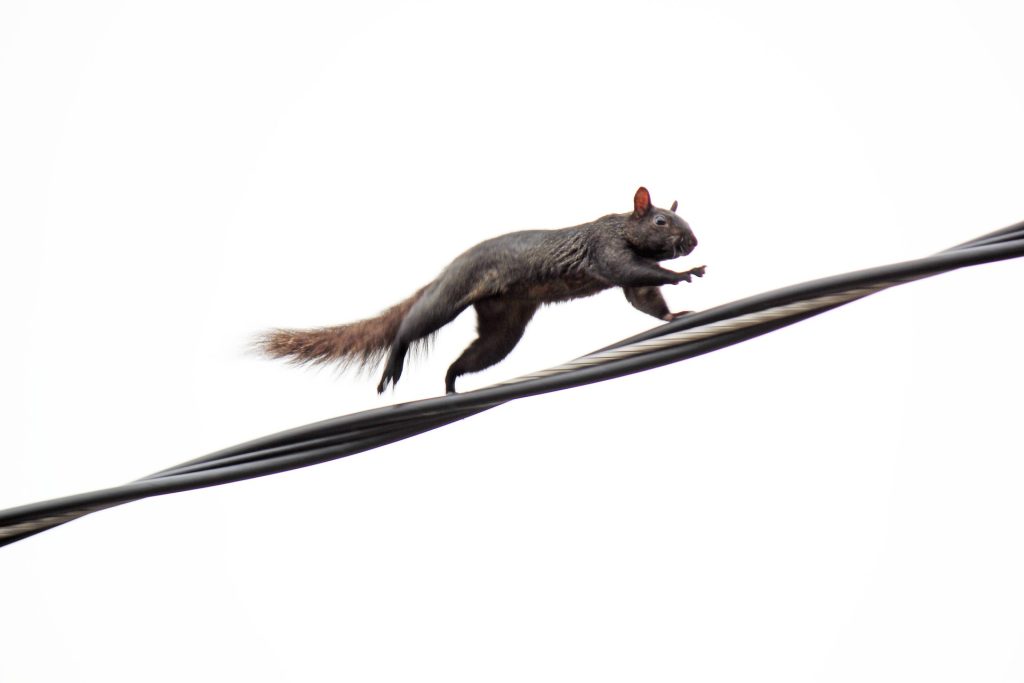
No, eihän ilmajohtoakaan alun perin moiseen ollut suunniteltu, mutta nokkela eläin oli hoksannut siinä turvallisen reitin vilkkaasti liikennöidyn tien yli. Lisääntyvät ja voimistuvat myrskyt ovat kuitenkin pakottaneet sähkönsiirtoyhtiöt kaivamaan verkkonsa maahan. Oravatkin ovat siis ilmastonmuutoksen välillisiä uhreja? Tuon oivalluksen jälkeen aloin miettiä aivan toista, Ukrainan kriisin vuoksi vielä ajankohtaisempaa asiaa. Sähkö- ja datakaapelien veto maahan on rauhanajan huoltovarmuuden kannalta oiva valinta. maan alle eivät osu myrskyt eivätkä tuiskua lumet. Vaurioita voivat – huolimattomien asentajien lisäksi – aiheuttaa vain huolimattomat kaivinkoneiden kuljettajat.
Mutta miten käy, jos ylhäältä alkaa sataa rautaa ja maa on täynnä räjähdyskuoppia?
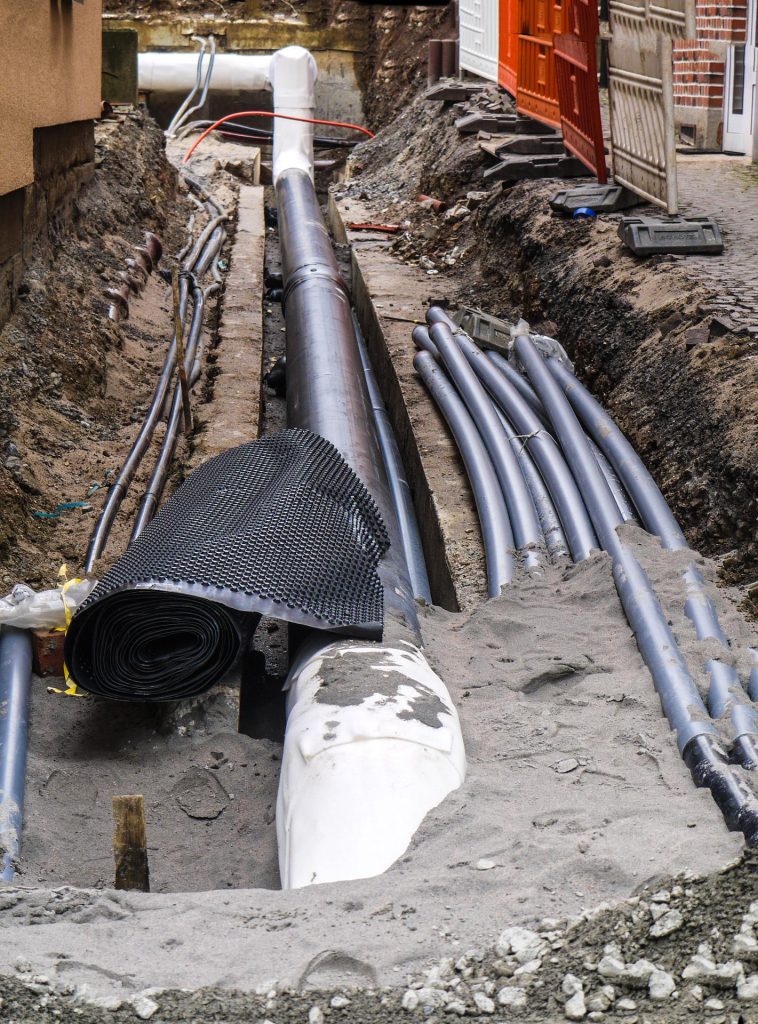
Vaikka ilmajohdot ovat näkyvissä ja siten näennäisen haavoittuvia, niihin osuminen on hankalaa ja korjaamiseksi ainakin sähköjohdon osalta riittää vain kaapelinpätkän vetäminen vauriokohdan ohi. Datakaapelin osalta tarvitaan toki enemmän liitostyötä. Maakaapelin vaurioitumiseen sen sijaan riittää osuma lähelle kaapelia. Kraatterin syntyessä myös siinä olevat kaapelit silpoutuvat. Korjauksessa ehjät päät pitää kaivaa esille ja tehdä jatkokset vastaavalla kaapelilla. Kaivinkonettakin saatetaan tarvita. Koska työkohteessa menee kauemmin aikaa, korjaajat ovat myös alttiimpia uusille iskuille. Eikä keskityksen kohteeksi joutuvalla alueella ole vain yhtä kuoppaa. Niitä on monta. Ja lisää tulee koko ajan.
En sano, että maakaapelit ovat huono juttu, mutta onkohan niitä suojattu kaikkien riskien varalta? Entä jakokaapit, muuntamot, reitittimet ja muut sähkön ja tiedon jakelun aktiivilaitteet. Todennäköisemmin kuitenkin juuri nämä tulisivat olemaan tarkoituksellisesti tähtäimessä, mutta tuollahan niitä seisoo pitkin tienvarsia odottamassa rattijuoppojen ja muiden hurjastelijoiden sattumaosumia. Uskallan väittää, että aktiivilaitteiden parempi suojaaminen ja maan alle kaivaminen lisäisi kriisiaikojen huoltovarmuutta olennaisesti. Ilman sähköä ja tietoa kun suomalainen teollisuus joidenkin arvioiden mukaan putoaisi pois kyydistä vuorokaudessa.
Sotaahan kukaan ei usko eikä toivo tulevaksi, vaikka tähän asti jokainen sukupolvi on sodan nähnyt. Paitsi ruotsalaiset. Siitä huolimatta joskus on hyvä pohtia myös pahimpia skenaarioita. Ainakin sen kuluneet kolme vuotta ovat opettaneet, vaan olemmeko ottaneet opiksi?
Ihmisellä on taipumus tottua hyviin oloihin ja tuudittautua siihen, että ne jatkuvat. Vaikka tiedämme, että polttopuut pitää ajaa vajaan ennen juhannusta, koska ne ovat silloin kuivimmillaan, luotamme siihen, että hyvät säät jatkuvat, ja ajattelemme, että onhan tässä kesää. Vaikka tiedämme, että viljat ja juurikasvit tulee kylvää niin kauan, kun maassa on vielä kosteutta talven jäljiltä, saatamme lykätä sitä ja odottaa lämpimiä kevätsateita. Ja vaikka tiedämme, että hylkäämällemme laitteelle, vaatteelle, huonekalulle tai jopa yli jäävälle ruualle saattaa löytyä ottaja, joka tarvitsee juuri sitä, emme pane sitä kierrätykseen, jos se vaatii meiltä enemmän kuin dumppaus jätteeksi. Varsinaisen jätteen ja jäteveden hyötykäyttö ja saattaminen kiertotalouden hyödynnettäväksi on vieläkin vaikeampaa. Tähän haasteeseen on omalla tavallaan tarttunut nyt päättyvä WWW&CE-projekti, jossa on ollut mukana yliopistoja, ammattikorkeakouluja, ammatillisia oppilaitoksia, yrityksiä ja kauppakamareita meidän lisäksemme Unkarista, Puolasta, Latviasta, Liettuasta, Itävallasta, Saksasta ja Norjasta.
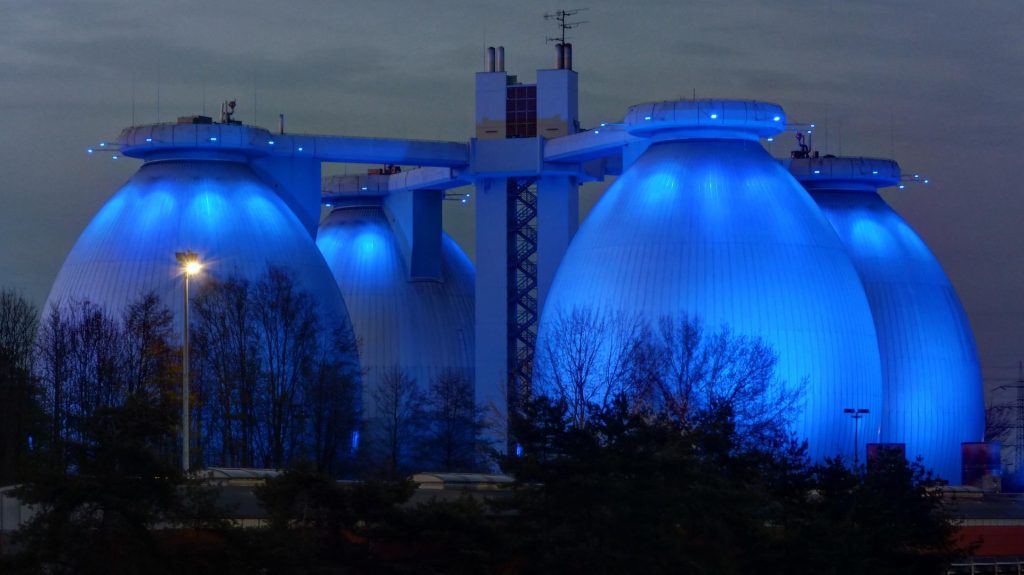
Hankkeessa on suunniteltu ja testattu sekä ammatilliselle että korkea-asteelle tarkoitettuja koulutuksia ja kursseja, joiden kohderyhminä ovat olleet pienten ja keskisuurten yritysten yrittäjät, työntekijät ja eri alojen opiskelijat. Koulutusten aiheena on ollut muiden muassa veden ja jäteveden käsittely, jätteiden hyödyntäminen ja yrityksen siirtyminen kiertotalouteen – viimeksi mainittu erityisesti yrityksen johdon näkökulmasta.
Hanke toteutettiin aikana, joka osoitti, kuinka vaikeata tulevaisuuden ennustaminen on, ja kuinka helposti akuutit, ihmistä heti koskettavat kriisit, kuten korona ja sota, peittävät alleen pitkäkestoiset ja vähitellen kehittyvät uhkatekijät, kuten ilmastonmuutoksen. Pitkäkestoisimmat muutokset kun näkyvät yksittäisen ihmisen elämässä vain satunnaisina ilmiöinä, kuten lisääntyneinä ja voimistuneina myrskyinä, lämpimämpinä kesinä ja poikkeuksellisina pakkastalvina. Valitettavasti myös erilaiset pandemiat tulevat lisääntymään ilmastonmuutoksen myötä, ja yhä rajallisemmiksi käyvät luonnonvarat tulevat lietsomaan levottomuuksia ja taisteluita valtioiden pyrkiessä turvaamaan itselleen mielestään kuuluvia osuuksia niistä.
Ukrainan sotakin taitaa loppuviimeksi olla vain taistelu maailman vilja-aitan hallinnasta.
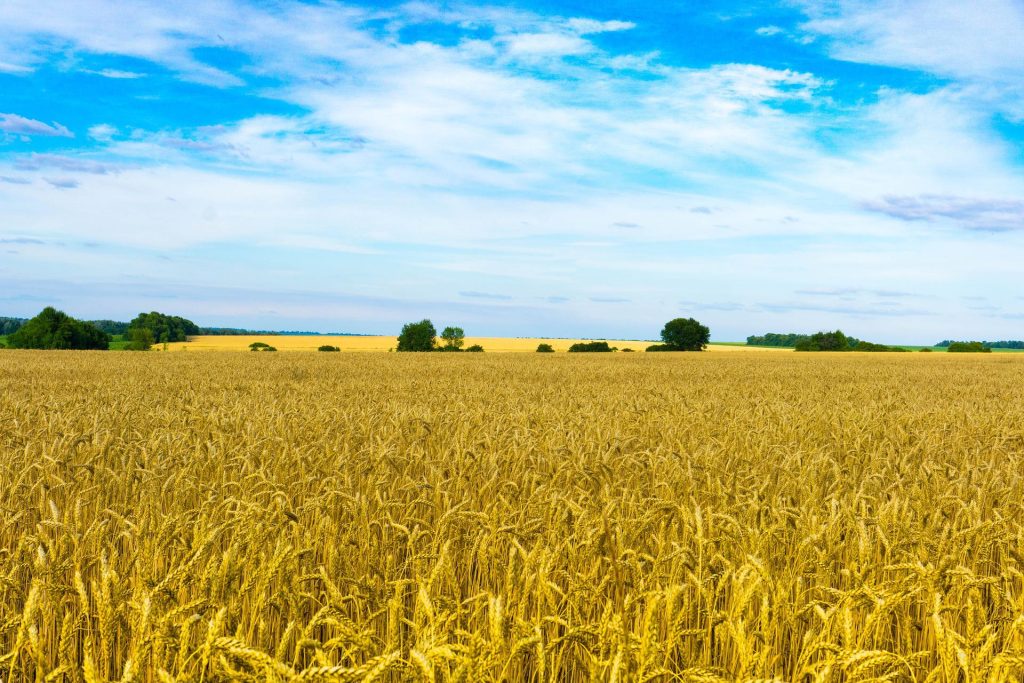
Samalla Ukrainan sota on esimerkki siitä, kuinka kaukana olemme kestävän kehityksen ja kiertotalouden toteutumisen kannalta kaikkein tärkeimmän kestävän kehityksen tavoitteen, tavoitteen 17 toteutumisesta. Tavoite 17 korostaa yhteistyötä valtioiden välillä muihin kestävän kehityksen tavoitteisin pääsemisen edistämisessä. Osaltaan WWW&CE -hanke on esimerkki tällaisesta yhteistyöstä.
Ukrainan sodan myötä huomattava osa maailmaa asettui rinta rinnan auttamaan Ukrainaa hyökkäyksen torjumisessa. Hyökkäävä vihollinen oli riittävän näkyvä ja konkreettinen uhka. Jos sama yksimielisyys ulottuisi rauhan aikaan, sitten, kun tuo taas joskus tulee, ja kävisimme yhteistuumin luomaan uutta, kestävän kehityksen kaikki tavoitteet huomioivaa maailmaa, meillä saattaisi olla vielä toivoa.
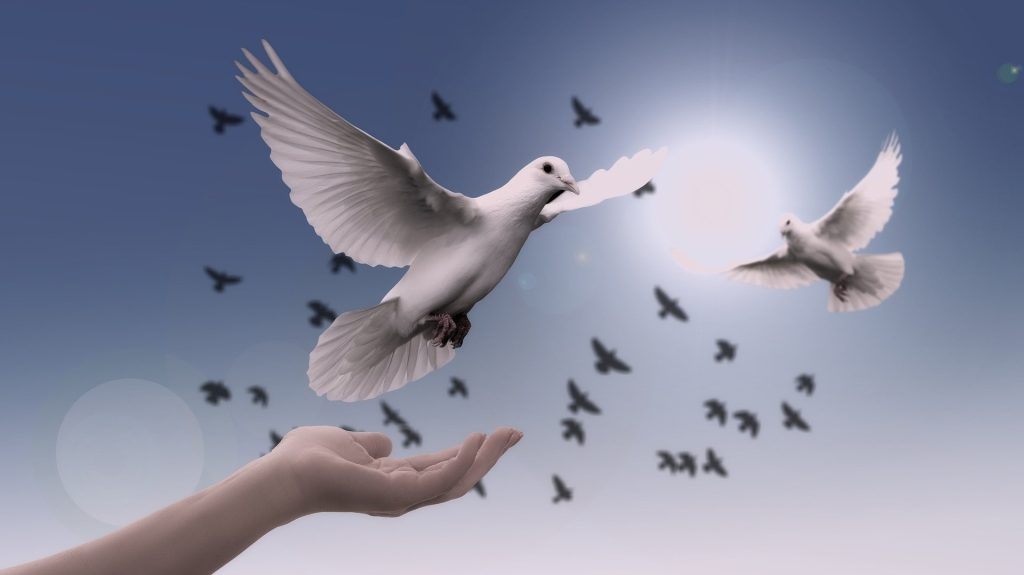
Sitä odotellessa: Kiitos ja näkemiin, WWW&CE ja kaikki mukana olleet.
Hyvää kesää!

Underground cables and squirrel bridges
Years ago, I read laughing the news about how the British made tunnels and overpasses under and over highways for badgers and other small animals. Then the planning of the Helsinki-Turku highway in my home region was started. One of the potential routes passed through the wilderness area that I had become familiar with as a child. Environmentalists pointed out that the layout of the road would cut off the ancient paths of deer and other migratory animals and demanded crossing bridges to be built where deer trails would cross the highway. The issue was disputed, but eventually bridges were built. Game fences guided the animals to the bridges, thus avoiding both the crouching of the entangled animals in traffic and enabling the genetic regeneration of small populations.
When I got to work in the morning, the squirrel crossed the road just in front of my car and got to the other side of the street safely. Many others haven’t survived. Along the way, it can be seen more and more dead squirrels, and I began to wonder why. Have people become indifferent to nature in the midst of all greenish, or what is the reason. A recollection from the same place a few years ago, a squirrel crossing the road along an electric line in carrying a cub in her mouth could give one answer: Once the wires have been dug into the ground in urban areas and largely in the countryside, the squirrel has no safe route to cross the street.
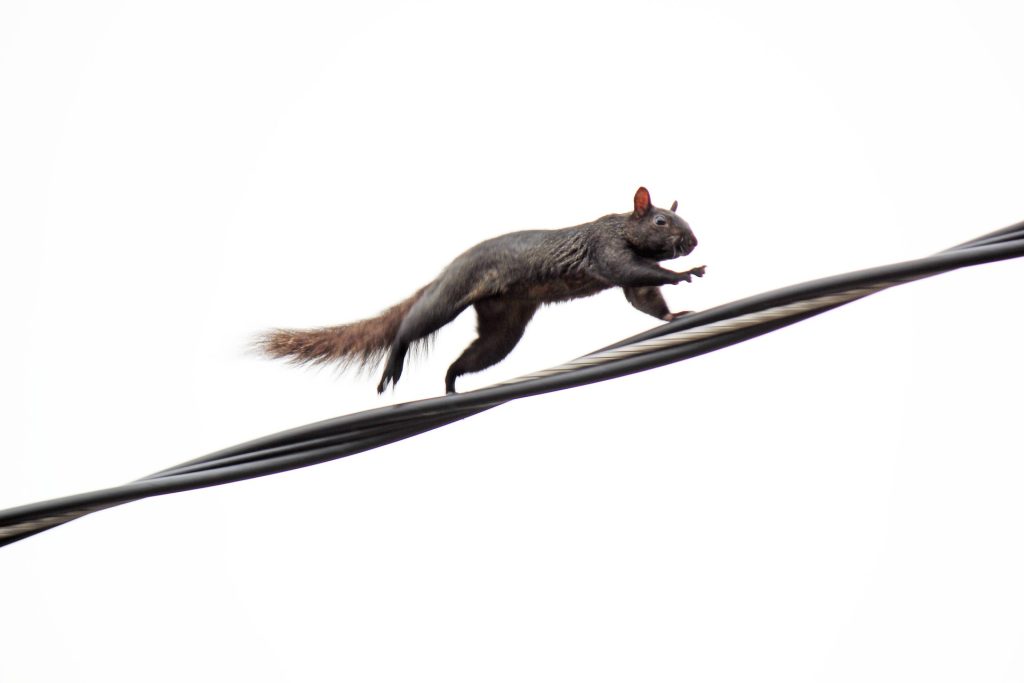
Well, not even an overhead cable was originally planned for that, but a witty animal had sniffed a safe route over a busy road. However, increasing and intensifying storms have forced power transmission companies to dig their grids into the ground. Thus, squirrels are also indirect victims of climate change? After that finding, I began to think about something completely different, even more topical because of the crisis in Ukraine. Laying electrical and data cables to the ground is a great choice for peacetime security. no storms hit the ground and no snowstorms. In addition to careless installers, damage can only be caused by careless excavator drivers.
But what if it starts to rain grenades from above and the ground is full of blast holes?
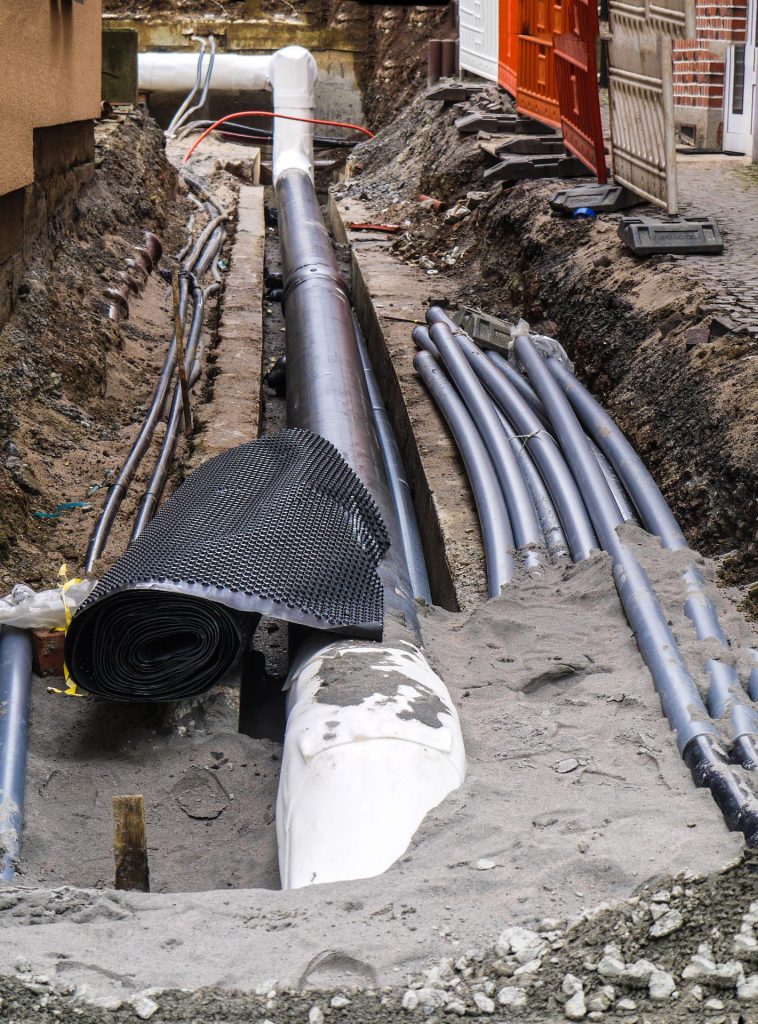
Although the overhead lines are visible and thus seemingly vulnerable, it is difficult to hit them and it is enough to pull a piece of cable past the damage point, at least for the power line. Of course, more connection work is needed for the data cable. A hit near the cable, on the other hand, is enough to damage the ground cable. When a crater is born, the cables in it are also shredded. When repairing, the ends must be dug up and make the joints with a suitable cable. An excavator may also be needed. Because the work at site takes longer, electricians are also more vulnerable to new attacks. And there is not just one pit in the area to be concentrated. There are many. And more is coming all the time.
I’m not saying that underground cables are a bad thing, but are they protected from all risks? What about distribution cabinets, transformers, routers, and other active devices for the distribution of electricity and data. More likely, however, these would be the intentional targets to aim for, but there are those standing along the side of the road waiting for the coincidences of drunk drivers and other ferocious people. I dare say that better protection of active equipment and digging underground would significantly increase security of supply in times of crisis. Without electricity and information, according to some estimates, Finnish industry would fall off the ride in a day.
After all, no one believes or hopes for war, although every generation so far has seen war during their lifetime. Except the Swedes. Nevertheless, sometimes it is good to consider even the worst case scenarios. At least the past three years should have taught it, but have we learned any lessons?
People tend to get used to good times and lull themselves into continuing. Although we know that firewood must be driven into the shed just before midsummer, because then it is at its driest, we are confident that the good weather will continue, and we think it is summer here. Although we know that cereals and root crops should be sown as long as there is still moisture in the soil after the winter, we may delay it and wait for warm spring rains. And while we know that there may be a buyer for the device, clothing, furniture, or even leftover food, that we are going to discard, that just needs it, we won’t recycle it if it demands more of us than dumping it as waste. With this attitude, it is even more difficult to recover the actual waste and wastewater and make it available for recycling. The WWW & CE project, which is now coming to an end, and which has involved universities, polytechnics, vocational training institutes, companies, and chambers of commerce from Hungary, Poland, Latvia, Lithuania, Austria, Germany, and Norway, has taken on this challenge in its own way.
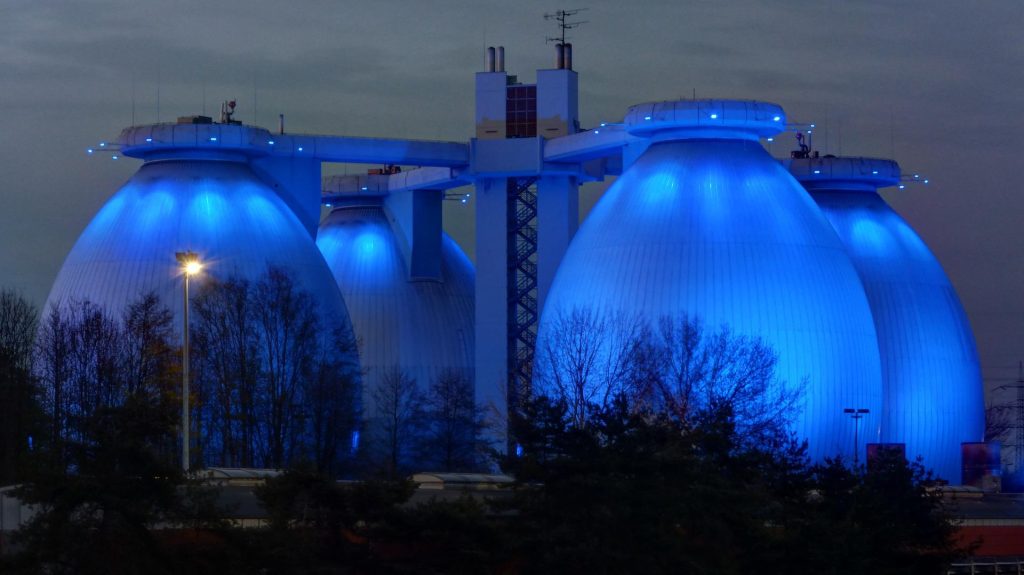
The project has designed and tested training and courses for both vocational and higher education, targeting small and medium-sized entrepreneurs, employees, and students in various fields. The training has focused on water and wastewater treatment, waste recovery and the company’s transition to a circular economy, especially from the perspective of the company’s management.
The project took place at a time that showed how difficult it is to predict the future and how easily acute crises that immediately affect people, such as Korona and war, are covering the long-lasting and gradually evolving threats such as climate change. The long-lasting changes in the nature are seen in an individual’s life only via occasional phenomena such as increased and intensified storms, warmer summers, and exceptional frosty winters. Unfortunately, various pandemics will also increase with climate change, and competition for increasingly scarce natural resources will fuel unrest and struggle as states seek to secure what they consider to be their share.
Even the war in Ukraine seems to be just a battle for control of the world’s granary.
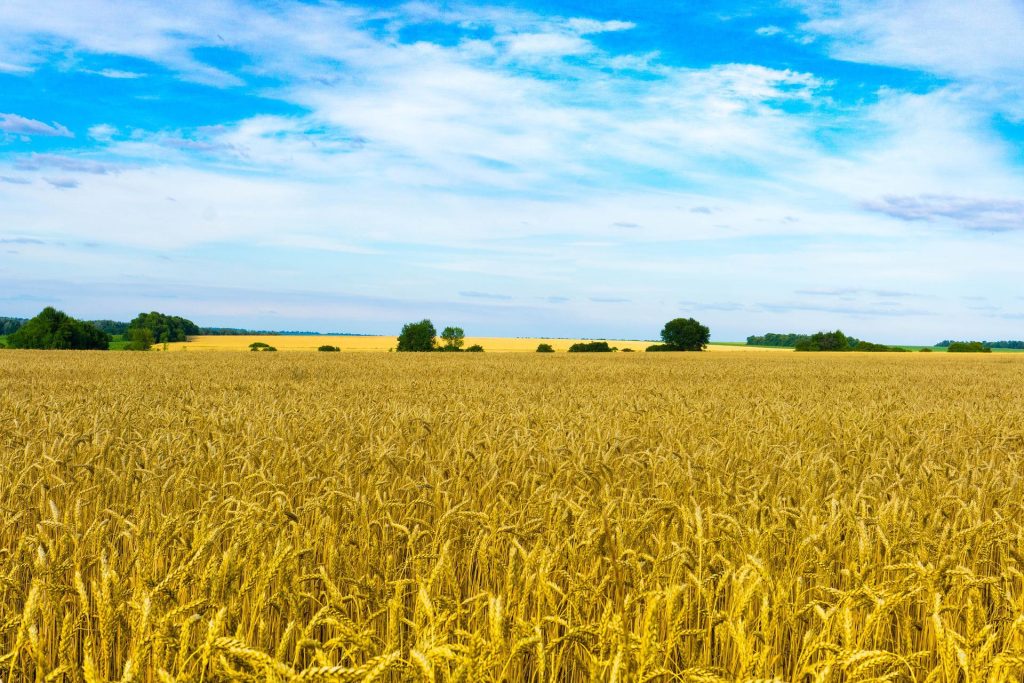
At the same time, the war in Ukraine is an example of how far we are from achieving the most important goal of sustainable development, Goal 17, in terms of sustainable development and the realization of a circular economy. SDG 17 emphasizes cooperation between countries to promote progress towards other sustainable development goals. For its part, the WWW & CE project is an example of such cooperation.
With the war in Ukraine, a significant part of the world settled side by side to help Ukraine repel the attack. The attacking enemy was a sufficiently visible and concrete threat. If the same unanimity were to reach in a time of peace, whenever that would be, and we would work together to create a new world with all the goals of sustainable development, we might still have hope.

In anticipation: Thank you and farewell, WWW & CE, and everyone involved.
Have a nice summer.

Artikkeli on kirjoitettu Euroopan unionin Erasmus+ -ohjelman rahoittaman WWW&CE -hankkeen puitteissa. Vastuu artikkelissa esitetyistä näkemyksistä on yksinomaan kirjoittajilla.
This article was written in the framework of the WWW&CE project funded by the European Union’s Erasmus + program. The sole responsibility for the views expressed in this article lies with the authors.

